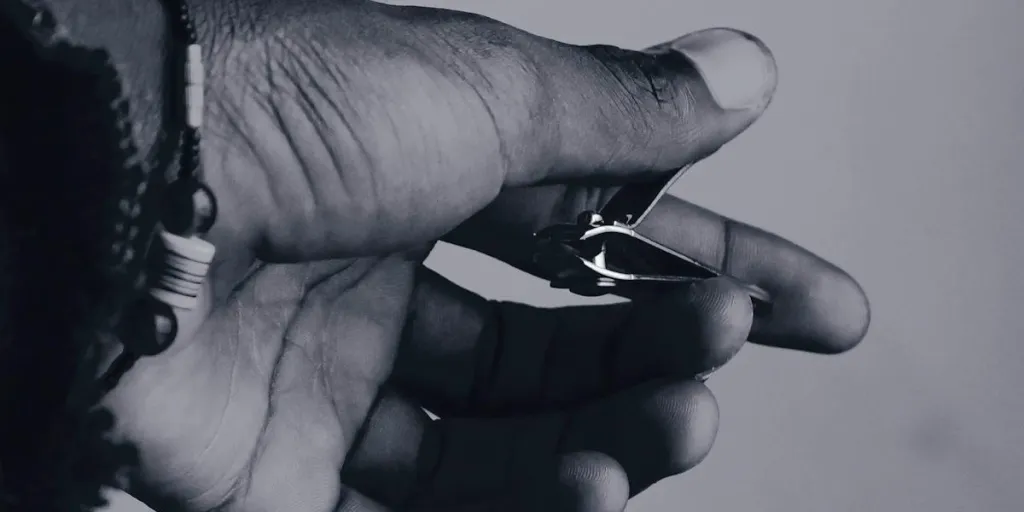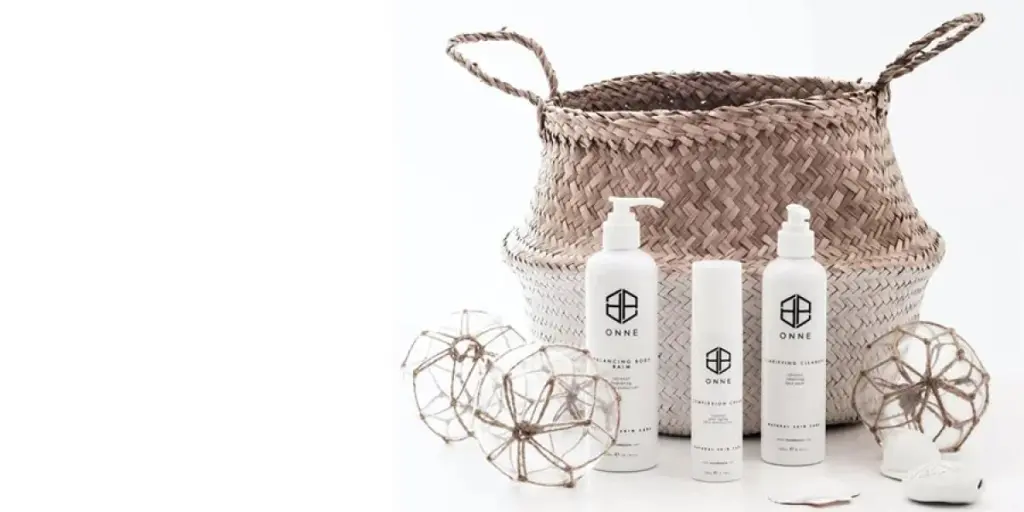Facial beauty isn’t the only yardstick to judge a woman’s beauty. There are other parts of the body, like the skin, nails, etc. Hence, it is no surprise that consumers these days pay a lot of close attention to their nails. In fact, they can do anything to make their nails look at the top of their game. Plus, healthy-looking nails can easily make a lady look polished and well-kept.
However, nail grooming won’t be possible if consumers don’t have the right tools (and biting the nails won’t cut it). But one tested and trusted tool for handling various nail grooming techniques is nail clippers—they haven’t let anyone down since 1875!
This article will make stocking up on nail clippers easy by discussing everything sellers must consider before buying them in 2024.
Table of Contents
Overview of the global nail clippers market
Types of nail clippers
5 factors to consider before adding nail clippers to your inventory
Last words
Overview of the global nail clippers market
Nail clippers have come a long way from their traditional roots, evolving into cutting-edge designs prioritizing accuracy and convenience. For this reason, the market is witnessing a demand surge, allowing it to grow explosively.
Experts say the nail clippers market accumulated a US $4.979 billion value in 2023. Now, forecasts show the market will hit US $7.123 billion by FY 2030, growing at a 5.9% compound annual growth rate (CAGR). Various factors, like consumer preferences, fashion trends, technological advancements, and hygiene awareness, significantly impact this market.
However, the three primary market drivers include the growing demand for personalized nail clippers, the rising popularity of electric nail clippers, and an increased focus on sustainability.
Types of nail clippers
As mentioned, nail clippers have evolved from the first design patented in 1875 to more modern iterations offering peak convenience. For this reason, nail clippers offer amazing varieties, each with ups and downs. Here’s a closer look at the different types of nail clippers:
The classic (lever-type) clipper
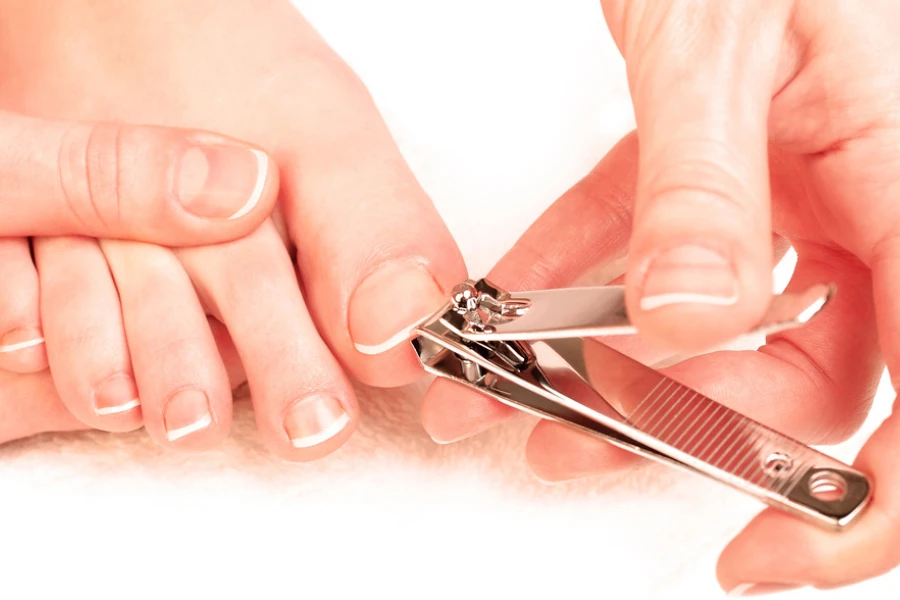
Lever-type clippers are like the mascots for nail clippers. They’re likely what comes to mind when people think about these products.
These nail clippers use lever mechanisms that control curved cutting blades when users press them. Their simple designs also offer incredible nail trimming control and precision.
Pros
- This nail clipper offers nail length control and customization.
- Lever-type nail clippers can work for fingernails and toenails.
- Its design is simple and easy to use.
Cons
- Consumers with thicker nails may need more manual effort to cut them with this tool.
- The lever-type clipper offers limited shaping and nail detailing.
Suitable cases
- This nail clipper type is great for consumers looking for an uncomplicated, straightforward trimming tool.
- It’s also a great option for basic nail maintenance.
- Lever-type clippers come in handy in situations that need simplicity and portability.
The electric nail clipper
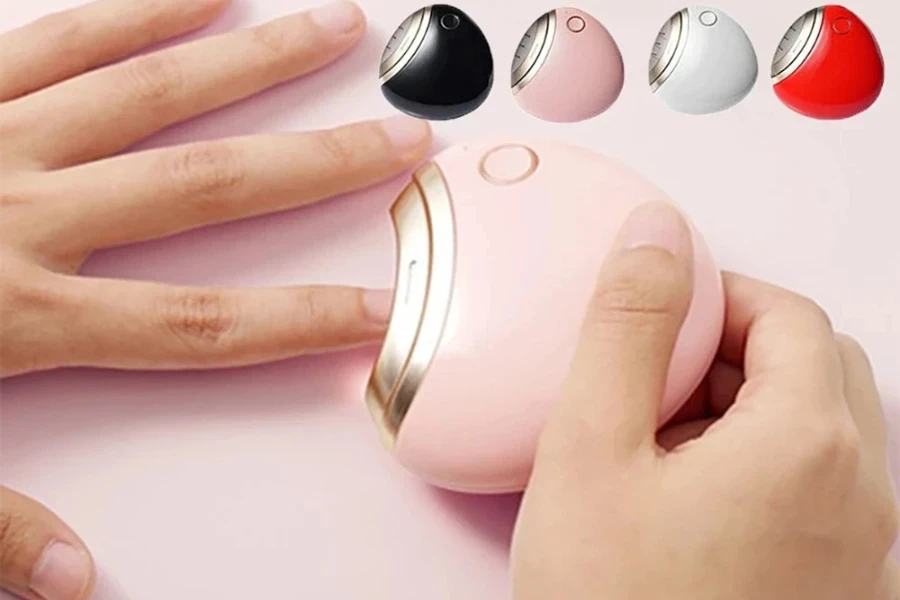
Electric nail clippers get rid of the manual aspect of nail trimming. Instead, they use motorized designs to automate nail maintenance. Typically, they offer rotating blades, but some may come with grinding mechanisms to shape and trim nails effortlessly.
Pros
- Electric nail clippers are a time-efficient and convenient way to get quick nail maintenance.
- Some models come with adjustable settings for different nail lengths and thicknesses.
- These nail clippers are ideal for consumers with limited hand mobility or dexterity.
Cons
- Electric nail clippers are more expensive than classic variants.
- They need battery replacements or charging.
Suitable cases
- These nail clippers are perfect for hassle-free nail trimming.
- Electric nail clippers are also great for efficient and quick nail maintenance.
Guillotine nail clippers
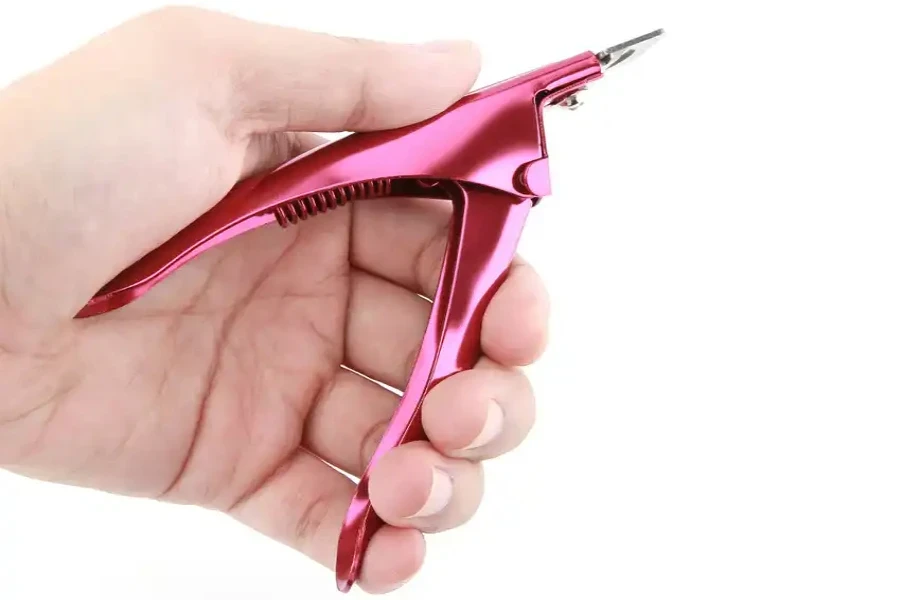
These nail clippers are like lever-type models but feature guillotine-like mechanisms, as their name implies. Guillotine nail clippers have small holes where consumers put the nails they want to trim.
Then, when consumers apply pressure, a blade will slide across to cut the nail cleanly. Although simple, guillotine clippers are famous for their cutting precision.
Pros
- These nail clippers can precisely cut small to medium-sized nails.
- They have straightforward designs.
- Some models offer safety features to prevent accidental cuts.
Cons
- Guillotine clippers may not work for thicker or longer nails.
- Consumers must align their nails properly before use.
- Some users may not like guillotine clippers due to discomfort.
Suitable cases
- These clippers work best for consumers who are comfortable using a guillotine-style cutting mechanism.
Scissors nail clippers
These nail clippers look like regular scissors. They feature two blades with handles that users can control to cut nails skillfully. Hence, scissor nail clippers are the best for precise control and cutting technique versatility.
Pros
- Scissors nail clippers are incredibly versatile, allowing consumers to use various cutting styles.
- They’re precise enough to achieve different angled cuts and nail detailing.
Cons
- Consumers need a certain skill level or manual dexterity to use these nail clippers.
Suitable cases
- These nail clippers are perfect for skilled nail stylists.
- Scissor nail clippers are the go-to for situations that need precise control.
5 factors to consider before adding nail clippers to your inventory
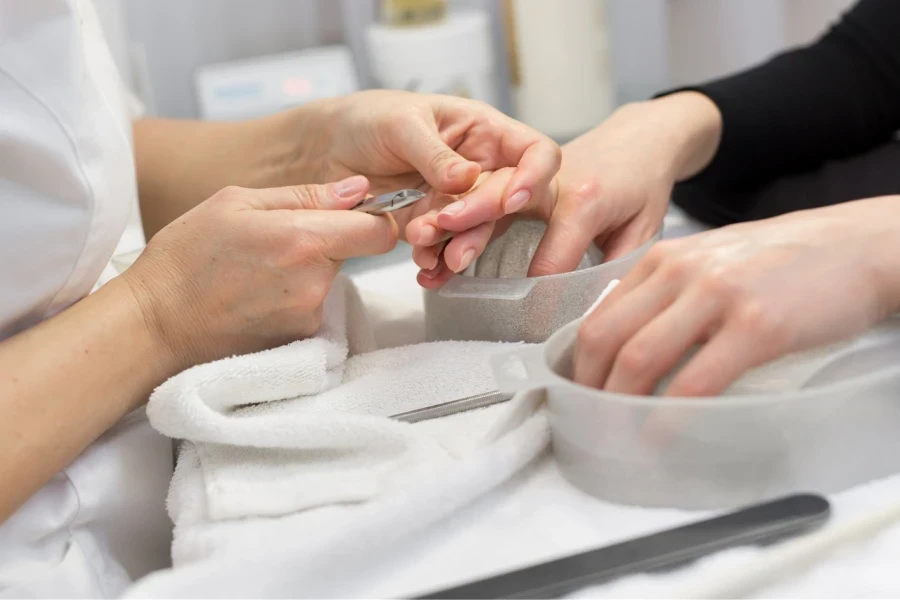
Nail type
Nails are not universal. Thickness and shape vary according to the consumer, and sellers must consider this nail variety when choosing nail clippers.
For instance, consumers with thin or delicate nails will see scissors and classic clippers as the best option, while those with thicker nails or curved nail beds may be more suited for guillotine variants.
And if consumers have difficult-to-cut nails, like those with ingrown nails or fungal infections, they’ll need to invest in electric nail clippers.
Size (hand and nail)
Speaking more about nail variety, people also have different nail sizes, so manufacturers responded with various nail clipper sizes. If target consumers have smaller fingernails and toenails, they can get away with using regular fingernail clippers.
However, if they have larger or thicker nails, they may need a set of finger and toenail clippers—some cases may see consumers needing only toenail clippers. Toenail clippers are slightly larger than regular ones, giving more leverage to anyone with mobility issues.
Hand size also matters here, as it determines how comfortable the tool will be to hold and use. Targets with larger hands may find it easy to control scissors and eclectic clippers, while guillotine clippers appeal to consumers with smaller hands.
Note: Classic nail clippers are more universal since they’re widely available.
Extra features
Clippers are generally divided into plain and feature-packed variants. Most nail clippers often have at least one extra feature to increase value. One of the most popular added features is nail files. Others include detachable blades, antimicrobial coatings, LED lights, and additional tools (like cuticle pushers and tweezers).
Edge shape
Traditional nail clippers offer two different edge shapes: curved and straight. Consumers who like rocking rounded nails will go for curved-edged clippers, while those who prefer more squared styles will stick with straight-edged models.
Nevertheless, if consumers are more susceptible to ingrown nails, experts recommend nail clippers with a straight edge.
Blade material
The best nail clippers come with stainless steel blades, the most popular material for these tools. Titanium steel is another popular alternative for nail clippers. Why do people love these blade materials?
They are hypoallergenic, meaning almost anyone can use them without the risk of an allergic reaction. Plus, stainless steel and titanium-steel blades are rust-resistant and easy to clean, making avoiding infections and extending the clipper’s life a breeze.
Last words
Nail grooming is an important part of keeping fingernails healthy. Nail clippers are one of the most important tools for this purpose and one of the most popular. Currently, they’ve attracted 90,500 searches in January 2024, showing there’s a sizable audience sellers can cater to.
But aside from choosing between the various types, sellers must also consider the tips highlighted in this article to gain a better understanding of selecting profitable nail clippers. So don’t hesitate to add them to your inventory!
